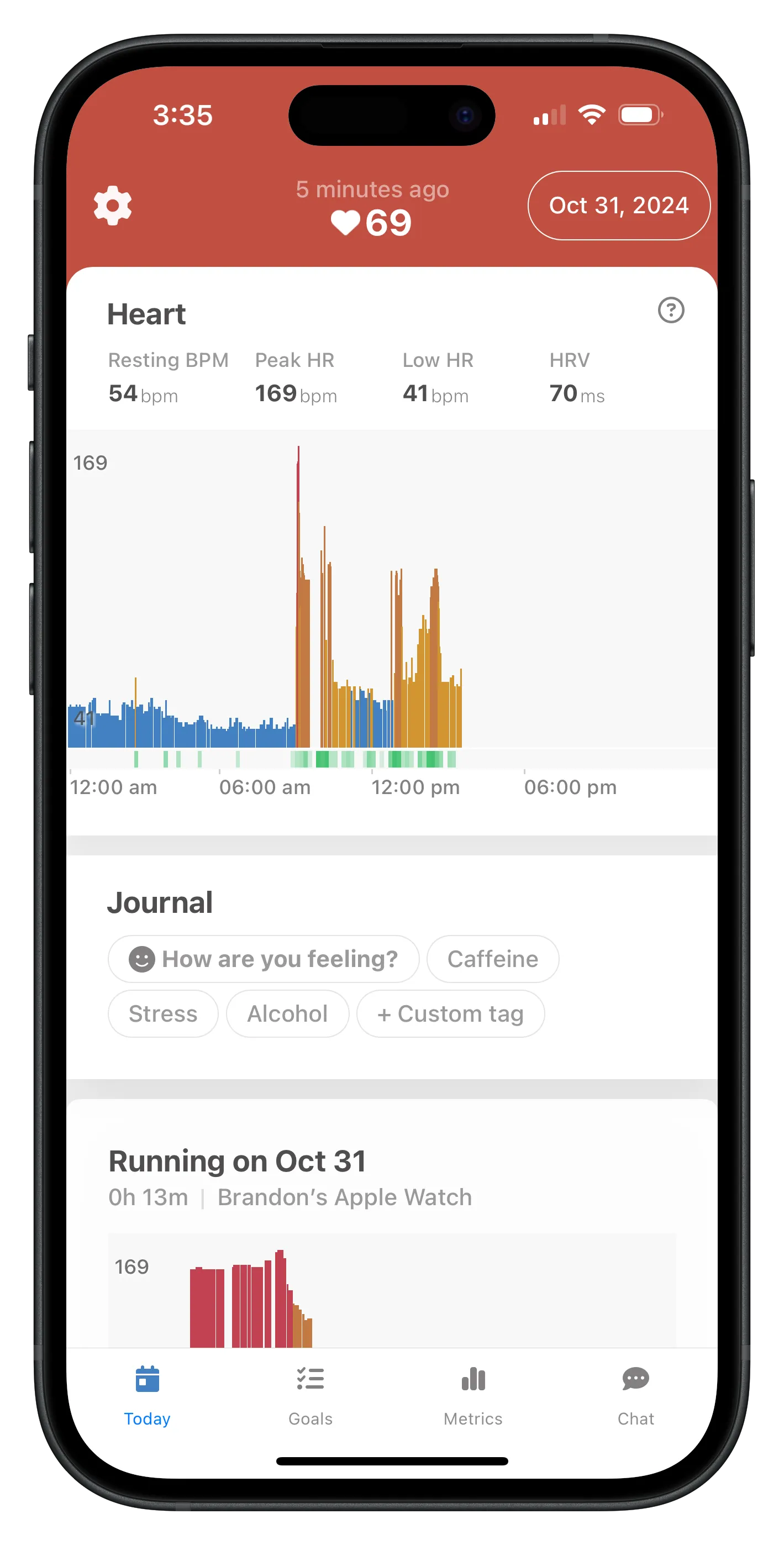About heart rate
Apple Watch’s heart rate sensor has three generations
There are three generations of Apple Watch’s optical heart rate sensor.
The original optical heart rate sensor debuted in 2015 with the original Apple Watch. The second generation was introduced in the Series 4 (2018) and is currently used in the Apple Watch SE2. The third generation was introduced in the Series 6 (2020), alongside the oxygen sensor, and is now used in the Series 11, Series 10, Ultra 3, and Ultra 2.

High resolution heart rate charts can be helpful for people with abnormal heart rhythms, dysautonomia, or different athletes. Some apps like Cardiogram for Apple Watch focus almost exclusively on high resolution heart rate.
How accurate is the Apple Watch heart rate sensor? While you’re not moving, Apple Watch’s heart rate monitor is accurate to within 5bpm about 98% of the time.
The Apple Watch ECG (electrocardiogram) is FDA-cleared
Electrical sensors (the ECG) were introduced in the Series 4. The ECG is a separate sensor from the optical heart rate sensor. Apple Watch’s ECG is FDA-cleared as a Class II medical device.
Health metrics derived from heart rate
Heart rate is a rich signal. Here are some major biomarkers derived from the heart rate monitor:
- Resting heart rate, a metric of longevity.
- Heart rate variability, a metric of your autonomic nervous system.
- Cardio recovery, a metric of overall cardiovascular fitness.
- At-home tilt table test for POTS. Sometimes heart rate is used as part of a diagnosis for dysautonomia, long covid, or POTS (postural orthostatic tachycardia syndrome). To get POTS testing and treatment, book an appointment with an Empirical Health doctor.






